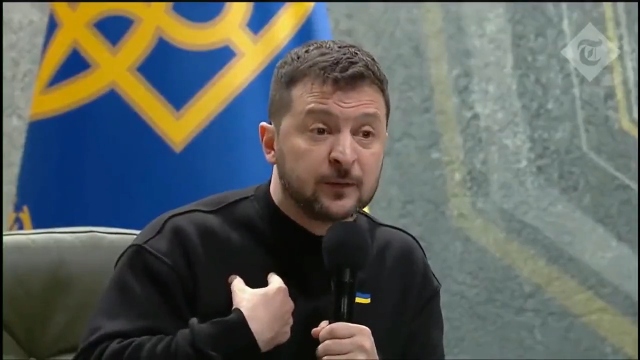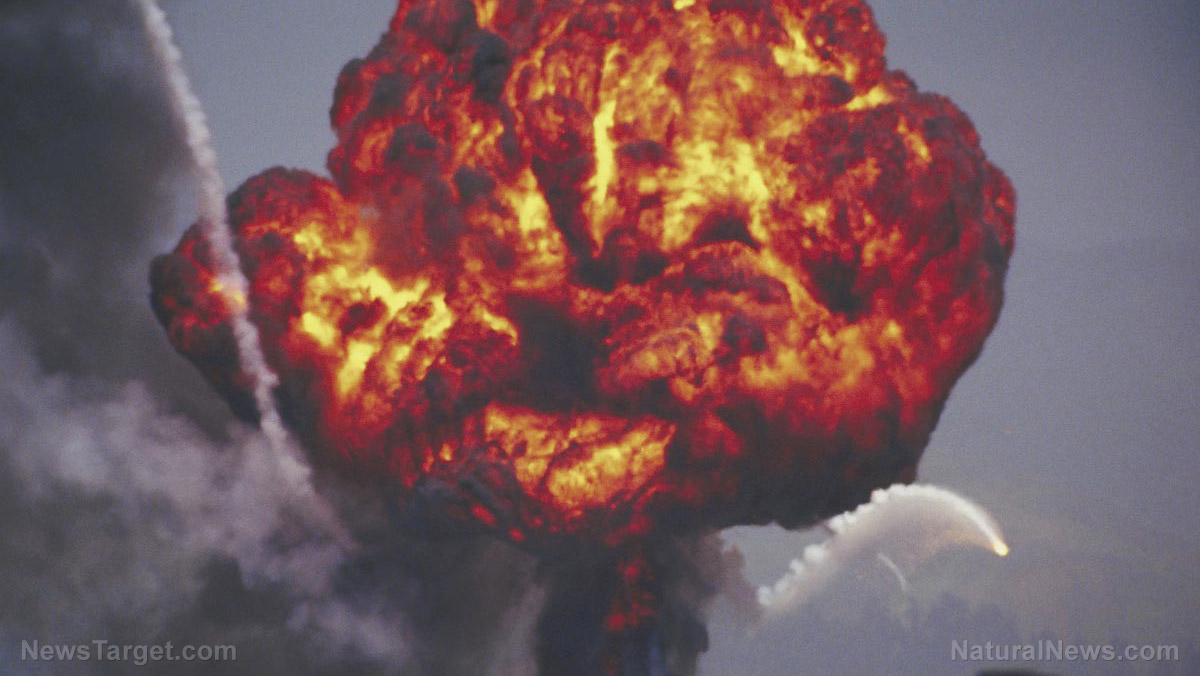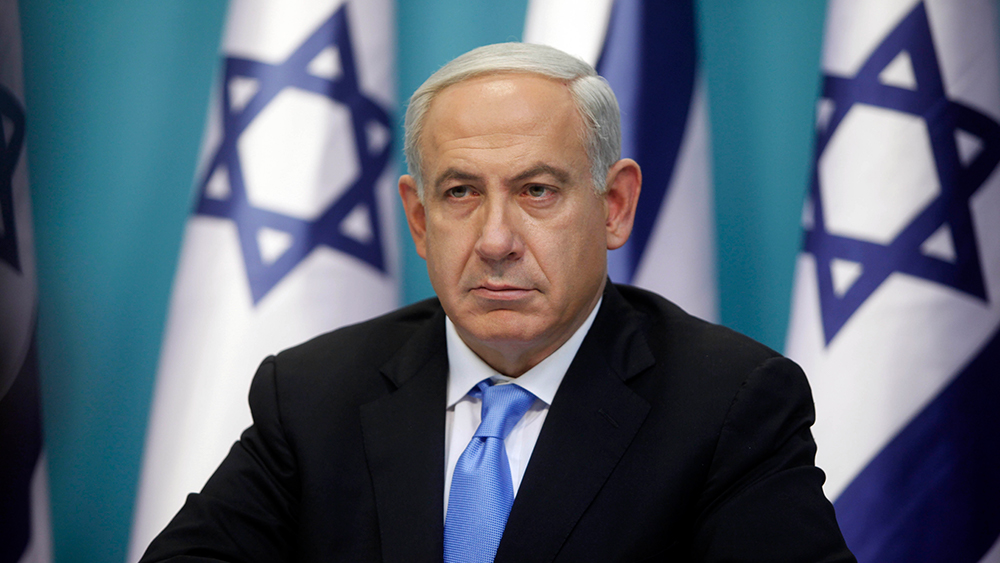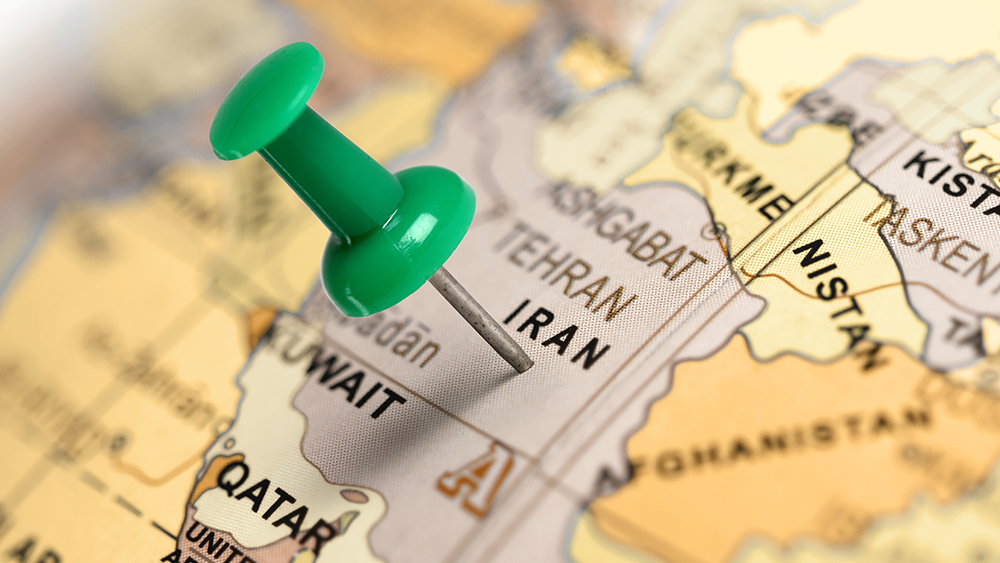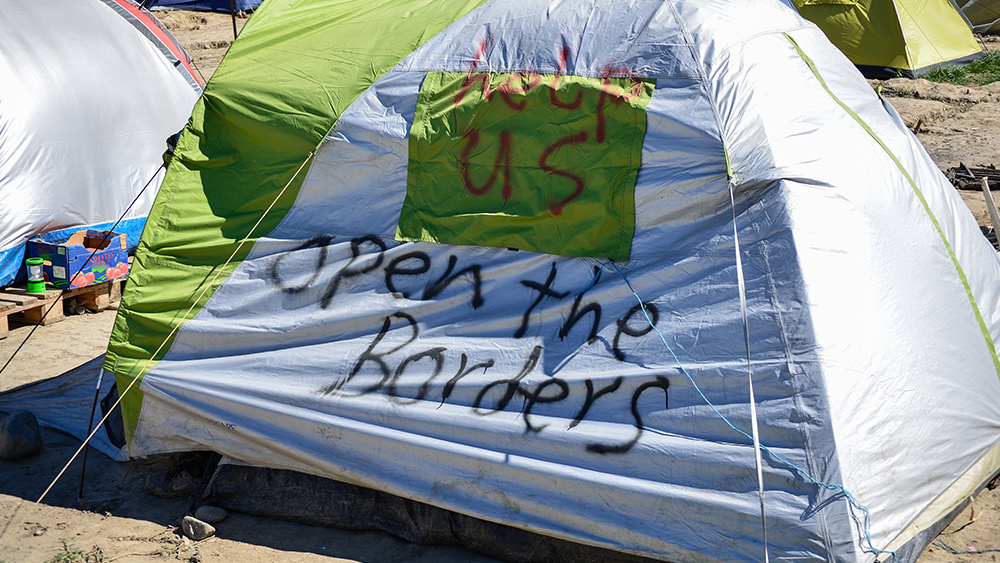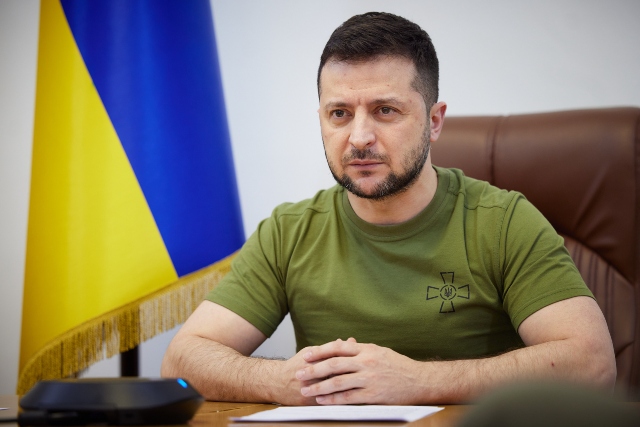FEMA map shows areas most at risk of being targeted by nuclear warheads in a war
02/10/2023 / By Arsenio Toledo
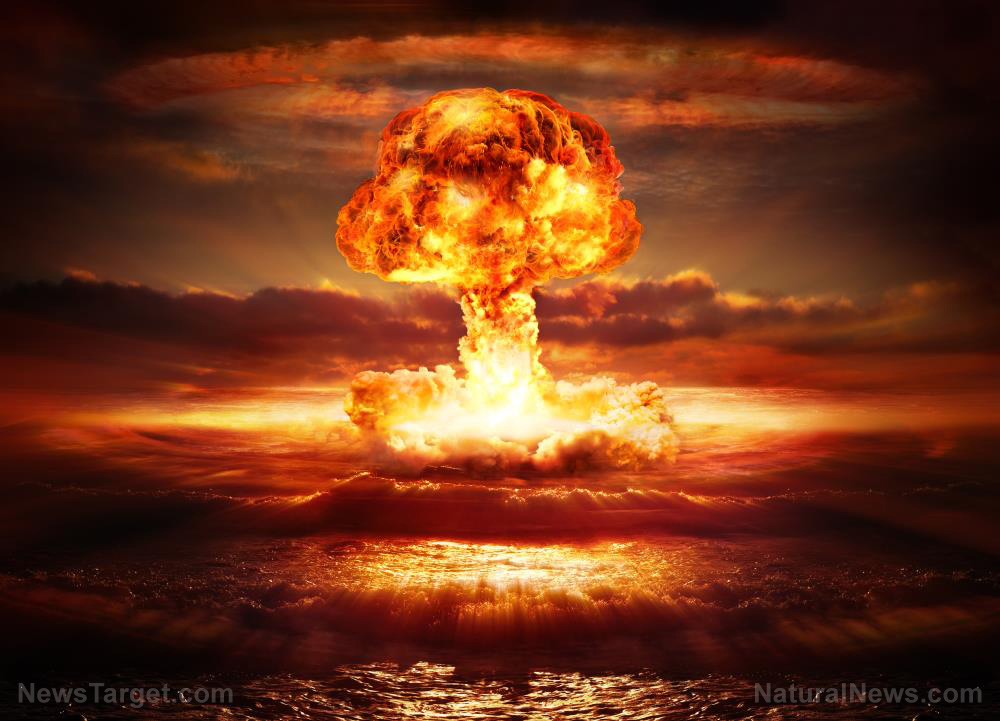
A map published by the Federal Emergency Management Agency (FEMA) highlights which parts of the country are likely to be targeted in the event of an all-out nuclear war.
The map, first published in 2015, has resurfaced on social media once again as relations with the United States’ main nuclear-armed rivals Russia and China continue to sour. (Related: Chinese spy balloon that flew over Montana could be used to carry EMP or nuclear weapons.)
The map highlights targets in the continental United States for two nuclear strike scenarios, the first involving 500 enemy nuclear warheads and the second involving 2,000 nuclear warheads.
Major targets in a 500-warhead scenario are mostly limited to America’s major population centers, including the metro areas of New York City, Chicago, Houston, Los Angeles, San Francisco and Washington, D.C.
Not only are these areas prime targets because of their dense populations, but also because of the proximity of critical infrastructure, including government buildings, energy plants and financial centers.
Other cities and metro areas targeted in a 500-warhead scenario include Dallas-Forth Worth, Miami and Philadelphia.
The 500-warhead scenario suggests that every major urban center in almost every state in the continental U.S. would be targeted, even the relatively small metro areas of Portland, Maine and Burlington, Vermont would be hit.
In the 500-warhead scenario, only the state of Wyoming in the lower 48 doesn’t get targeted, although in such a scenario Cheyenne is still likely to experience the drastic effects of a nuclear strike due to its proximity to the cities of Fort Collins and Greeley in neighboring Colorado, which are highlighted as potential targets.
Larger nuclear war would target military bases, nuclear missile silos, nuclear storage facilities
The U.S. has strategically positioned much of its critical military infrastructure far from population centers because the country understands that dense urban areas could be targeted first in a nuclear war.
But, in FEMA’s 2,000-warhead scenario, even these strategic military sites would not be spared from the nuclear holocaust.
This scenario includes dense clusters of potential warhead targets all along Colorado, Montana, North Dakota and Wyoming, with hundreds of other targets spread out all over the lower 48.
The clusters include areas where the U.S. military has bases, nuclear warhead storage facilities and intercontinental ballistic missile silos.
The only parts of the continental U.S. that end up being relatively safe in this scenario include parts of Vermont, Nevada, Maine Idaho, northern California and rural Oregon, where the sparser population and lack of any strategic infrastructure such as nuclear plants make them less likely targets.
As the U.S. deliberately stokes tensions with Russia in Ukraine, the likelihood of the nation being attacked with nuclear weapons grows.
Russian President Vladimir Putin has repeatedly warned the U.S. that it could use nuclear weapons due to the West’s escalation of the conflict in Ukraine. He even accused the West of “nuclear blackmail” and warned that both the U.S. and Europe could be subjected to “various means of destruction” if it doesn’t de-escalate.
“To defend Russia and our people, we doubtlessly will use all weapons resources at our disposal,” said Putin. “This is not a bluff.”
He followed up on this threat in December when he suggested that Russia could abandon its “no first use” policy, which says that Russia is only allowed to use nuclear weapons as a last resort when it is first targeted with nuclear weapons.
Learn more about the dangers of nuclear war at NuclearWar.news.
Watch this episode of the “Health Ranger Report” as Mike Adams, the Health Ranger, discusses how the U.S. is pushing Russia toward nuclear escalation by sending main battle tanks to Ukraine.
This video is from the Health Ranger Report channel on Brighteon.com.
More related stories:
Pentagon: China on track to have 1,500 nuclear warheads within 13 years.
HHS buys $290 million worth of radiation sickness drugs in preparation for nuclear emergencies.
Sources include:
Submit a correction >>
Tagged Under:
big government, chaos, FEMA, military tech, national security, nuclear, nuclear strike, nuclear targets, nuclear war, nuclear weapons, panic, population centers, radiation, Russia, SHTF, weapons technology, World War III
This article may contain statements that reflect the opinion of the author
RECENT NEWS & ARTICLES
COPYRIGHT © 2017 NATIONAL SECURITY NEWS


